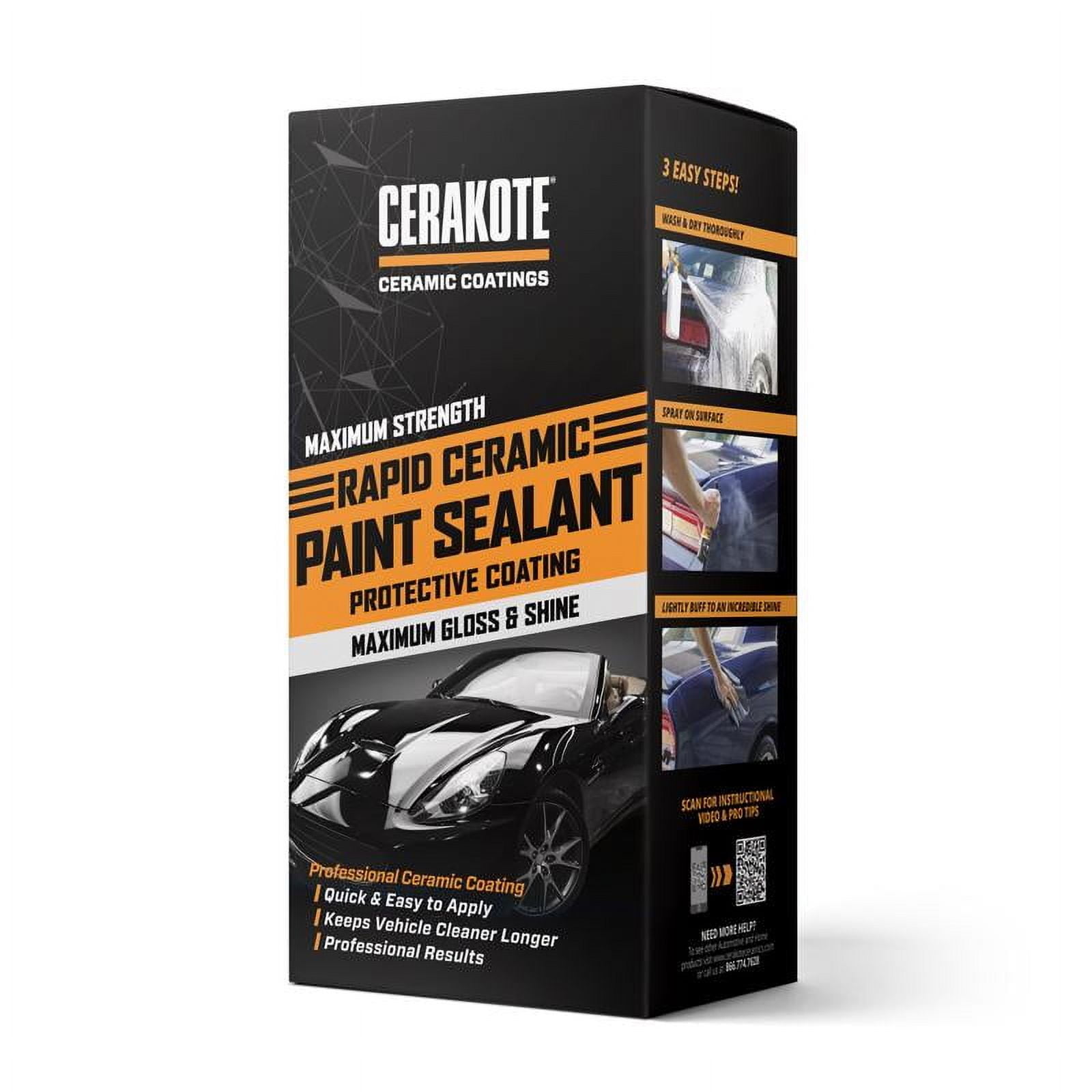Why Ceramic Layer Is the Ultimate Option for a Remarkable End Up
Ceramic coating has emerged as a leading solution for those looking for a flawless surface for their lorries, thanks to its impressive resilience and safety features. What factors absolutely established ceramic layer apart?
What Is Ceramic Covering?

When applied properly, ceramic layer creates a hydrophobic surface area that fends off water and dirt, making it easier to preserve and cleanse. Unlike conventional waxes or sealants, which typically supply temporary protection, ceramic finishings can last for numerous years, relying on the item top quality and application method. The process of applying ceramic layer calls for careful prep work, including detailed cleaning and often paint improvement, to guarantee ideal bonding and performance.
Ceramic coverings are not limited to automotive surface areas; they can also be used on numerous materials, consisting of glass, steel, and plastics, supplying a functional option for boosting security. In general, ceramic layer represents a significant advancement in surface security modern technology, integrating both useful and visual advantages for a large range of applications.
Advantages of Ceramic Covering
While lots of surface area protection options exist, the benefits of ceramic covering attract attention because of its one-of-a-kind homes and lasting efficiency. One of the primary benefits is its remarkable durability. Ceramic Coating Philadelphia. Unlike conventional wax or sealers that need frequent reapplication, ceramic coatings provide a durable layer that can last for numerous years, dramatically reducing maintenance initiatives
Another noteworthy benefit is enhanced defense against environmental impurities. Ceramic finishings create a hydrophobic surface area that fends off water, dust, and various pollutants, making it less complicated to clean. This attribute not only protects the lorry's appearance but additionally minimizes the risk of rust and oxidation, specifically in harsh climate conditions.
Moreover, ceramic coverings provide premium resistance to UV rays, preventing fading and destruction of paint over time. This UV protection is important for preserving the aesthetic value of surfaces and cars exposed to route sunshine.
Furthermore, the glossy surface accomplished with ceramic coating improves the general visual appeal, giving surfaces a showroom-quality shine. In general, ceramic finishings represent a significant development in surface protection technology, supplying enduring benefits that deal with both visual and practical needs.
Exactly How It Works
Comprehending the scientific research behind ceramic coatings exposes how they give such impressive security and longevity. At its core, a ceramic finish is a fluid polymer that chemically bonds with the lorry's manufacturing facility paint.
The application process includes numerous steps, including surface preparation, which is critical to achieving ideal bond. When applied, the layer undertakes a treating process, throughout which it sets and forms a semi-permanent bond with the paint surface area. This bond is what identifies ceramic finishings from conventional waxes and sealants, offering a longer-lasting safety obstacle that can sustain for many years.
Moreover, the thickness of the coating can enhance its protective qualities, guaranteeing that it can endure severe problems. Inevitably, the scientific research of ceramic layers combines innovative materials with additional resources cutting-edge application methods to supply an unrivaled degree of defense and visual improvement for vehicles.
Contrast With Traditional Approaches
When contrasted to typical paint protection methods such as sealers and waxes,The benefits of ceramic coatings become specifically apparent. While waxes offer a short-lived luster, normally lasting a couple of weeks to a couple of months, ceramic layers give a durable protective layer that can withstand for a number of years. This sturdiness substantially lowers the regularity of reapplication, making ceramic finishes a much more cost-efficient option with time.
Additionally, standard techniques usually need extensive preparation and several applications to accomplish an acceptable level of defense. In comparison, ceramic coatings bond at a molecular level with the vehicle's surface, producing a durable shield versus environmental pollutants like UV rays, acid rainfall, and road salts. This bond enhances the car's resistance to scratches and swirl marks, which are widespread with traditional waxes and sealants.
Additionally, the hydrophobic homes of ceramic layers fend off water and dirt, bring about easier cleaning and maintenance. In contrast, wax and sealant-treated surface areas can draw in grime, demanding even more frequent washing - Ceramic Coating Philadelphia. Generally, ceramic finishes not only give remarkable defense but additionally supply a much more aesthetically appealing and enduring coating, developing them as the favored option for discerning automobile owners
Application and Upkeep Tips

Utilizing a foam applicator, use the coating in small sections, adhering to the producer's standards pertaining to density and overlap. Allow sufficient curing time between coats, typically 24-hour, to make certain proper bonding. After application, it is vital to prevent exposure to water or rough elements for at the very least a week to permit the finish to completely treat.
For maintenance, clean the vehicle routinely with pH-balanced soaps and prevent rough materials. Touchless car laundries are advised to minimize you could check here scraping. In addition, using a ceramic maintenance spray can enhance the finish's hydrophobic residential properties and longevity. Normal evaluations for any indications of wear will assist keep the finish's honesty and preserve that excellent coating.
Verdict
In final thought, ceramic finish emerges as an exceptional choice for accomplishing a remarkable vehicle surface. By forming a robust bond with manufacturing facility paint, ceramic finishing efficiently shields against scratches, UV rays, and ecological impurities.
